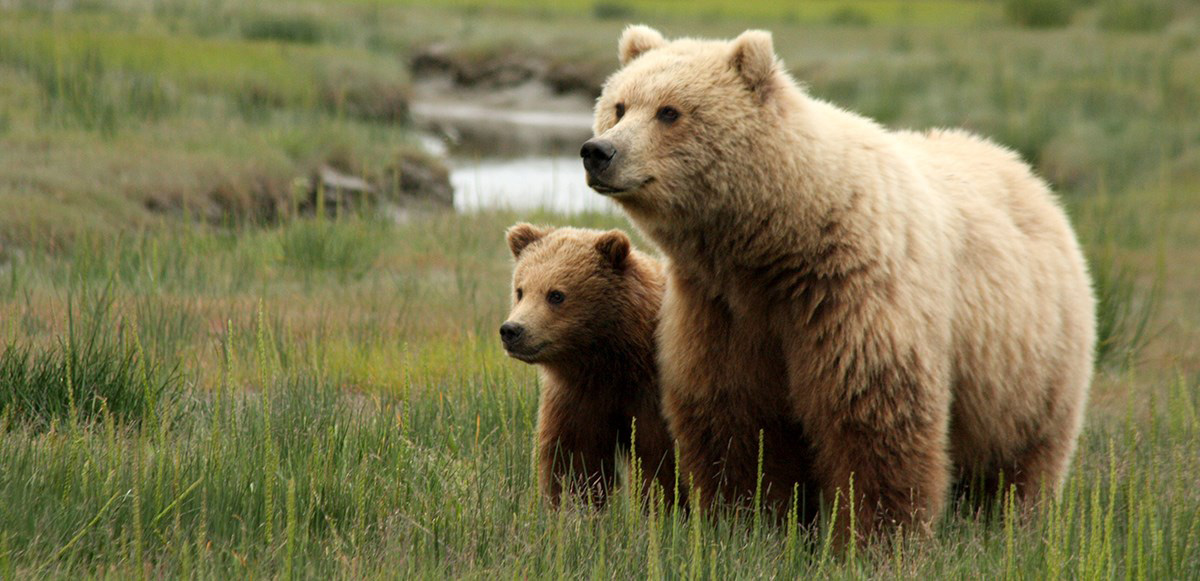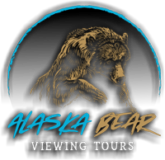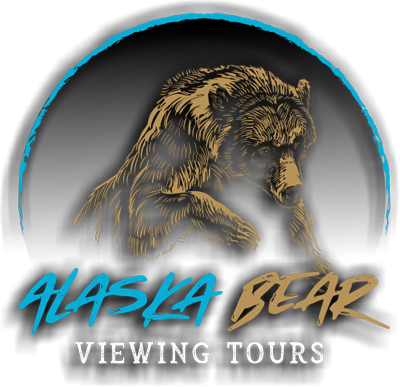BEARS IN LAKE CLARK NATIONAL PARK ALASKA
Lake Clark National Park is a hidden gem nestled in the heart of Alaska, offering a breathtaking escape into the wild beauty of the Last Frontier. Whether you’re a nature enthusiast, adventure seeker, or someone simply craving tranquility, this national park has something extraordinary to offer. On our Alaska Bear Watching Tours we will see bears that live along the coast of Cook Inlet and Chinitna Bay. Let’s embark on a journey to discover the wonders that make Lake Clark a must-visit destination.
Welcome to Lake Clark National Park: Alaska’s Untamed Wonderland
History
Originally designated as a national monument in 1978, it was later established as a national park and preserve in 1980 through the Alaska National Interest Lands Conservation Act. Lake Clark National Park and Preserve is home to a diverse range of streams, lakes, and natural wonders that are essential to the thriving Bristol Bay salmon fishery.
President Jimmy Carter utilized the Antiquities Act on December 1, 1978, to declare Lake Clark a national monument. Congress later converted Lake Clark into a national park and preserve in 1980, with approximately two-thirds of the area designated as wilderness. Within the national preserve lands, both sport and subsistence hunting are permitted, whereas only local residents are allowed to engage in subsistence hunting within the national park.

Unveiling the Wilderness:
Lake Clark National Park spans over 4 million acres, showcasing a diverse landscape that includes towering mountains, pristine lakes, lush forests, and coastal plains. The park’s untamed wilderness provides a haven for an abundance of wildlife, making it a photographer’s paradise and a haven for nature lovers.
There are two volcanoes located in the park: Readoubt and Iliamna. While Mount Redoubt remains active, having erupted in both 1989 and 2009, it adds to the park’s awe-inspiring landscape. With its rich array of ecosystems, Lake Clark National Park and Preserve offers incredible opportunities to observe the diverse wildlife of Alaska.
From terrestrial marvels to marine creatures, visitors can witness the wonders of nature firsthand. The park’s ecosystem thrives on the presence of salmon, particularly sockeye salmon, which not only contribute to the balance of the ecosystem but also make it the perfect place to experience Alaska’s amazing brown bears in the natural habitat. Learn more about brown bears HERE.
There are five settlements nearby, mostly inhabited by Dena’ina natives. Before the park was established, there were isolated cabins scattered throughout the area. One of the most famous cabins belonged to Richard Proenneke, whose films about his solitary life at Twin Lakes were turned into the documentary Alone in the Wilderness in 2003.
Adventure Awaits:
Once you arrive, the possibilities for adventure are endless. Hiking trails meander through lush landscapes, offering glimpses of wildlife and stunning vistas. The park is home to an array of outdoor activities, from fishing in pristine lakes to kayaking along crystal-clear rivers. For the more daring, there are opportunities for backcountry camping and even bear viewing for a truly immersive experience.
Visitors can engage in a wide variety of recreational activities throughout the year, making it an ideal destination for outdoor enthusiasts. The park safeguards the vibrant rainforests along the Cook Inlet coastline, breathtaking alpine tundra, majestic glaciers and glacial lakes, as well as two impressive volcanoes, Mount Redoubt and Mount Iliamna.
Wildlife Encounters:
Lake Clark National Park is renowned for its diverse wildlife population. Grizzly bears roam freely, and lucky visitors may witness them fishing for salmon in the park’s rivers. Moose, wolves, and bald eagles are also among the inhabitants, creating a vibrant ecosystem that reflects the untamed spirit of Alaska.
The Kijik River and Silver Salmon Creek become feeding grounds for large populations of brown bears, attracting visitors who can partake in the thrilling activity of bear watching. Lake Clark National Park and Preserve truly offers an unforgettable experience for travelers seeking to immerse themselves in the beauty of Alaska’s wilderness.
Book a bear viewing tour HERE.
Getting There:
Getting to Lake Clark National Park is an adventure in itself. While there are no roads leading directly to the park, visitors can access it by air or water. Fly into the nearby cities of Anchorage or Homer, and from there, take a scenic flight or boat ride to immerse yourself in the remote beauty of Lake Clark.
Conclusion:
Lake Clark National Park invites you to disconnect from the hustle and bustle of everyday life and reconnect with nature in its purest form. From breathtaking landscapes to thrilling wildlife encounters, this Alaskan gem promises an unforgettable experience for those seeking an authentic wilderness adventure. Pack your bags, embark on a journey of discovery, and let Lake Clark weave its magic on your soul.
Frequently Asked Questions(FAQ)
Are either of the volcanoes in the park active?
Yes. Mount Readoubt is what is considered an active stratovolcano in the largely volcanic Aleutian Range of Alaska. It is part of a string of volcanoes know as "The ring of fire."
Are there grizzly bears in Lake Clark National Park?
Yes, Lake Clark is home to a significant population of grizzly bears. Visitors have the chance to observe these majestic creatures in their natural habitat. It's essential to follow safety guidelines and be bear-aware while exploring the park.
What is Lake Clark National Park known for?
Lake Clark National Park is renowned for its stunning and diverse landscapes, including mountains, glaciers, and the picturesque Lake Clark itself. It is also famous for its diverse wildlife, which includes bears, moose, and salmon.
What activities are available in Lake Clark National Park?
Visitors can engage in a variety of outdoor activities, including hiking, wildlife viewing, fishing, and photography. The park is popular as a beautiful place to view bears in their natural habitat.
How do I get to Lake Clark National Park?
Access to Lake Clark National Park is primarily by air. Visitors can fly into nearby communities like Port Alsworth or Anchorage and then take smaller planes or boats to reach the park. There are no roads leading directly to the park.


